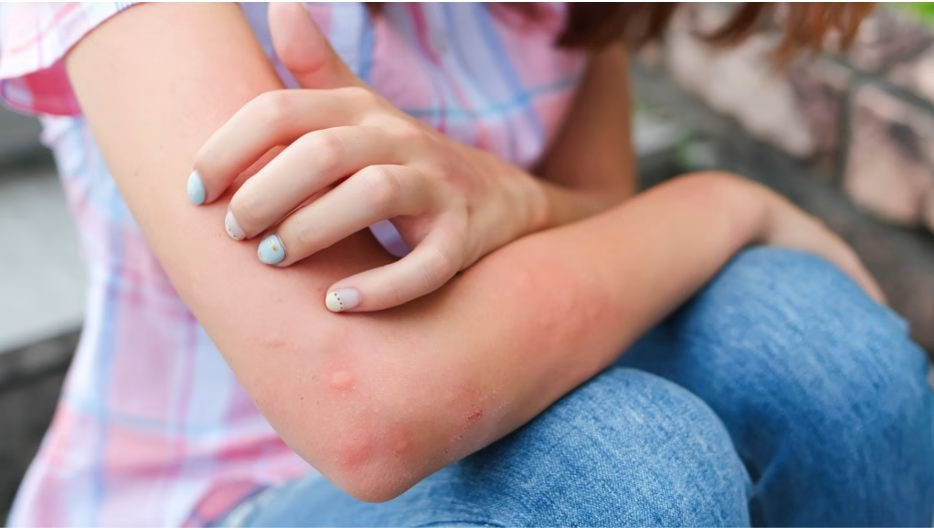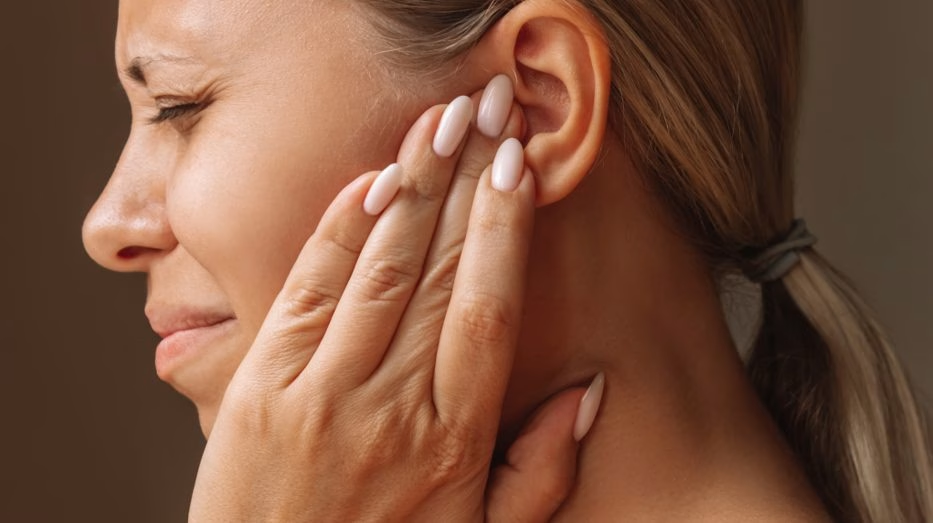
Insect bites and stings are common, especially in warmer climates where outdoor activities increase your exposure. Whether it’s a mosquito bite that leaves an itchy welt, a bee sting that causes sharp pain, or a spider bite that leads to swelling, these encounters are unwelcome. While many bites heal on their own, some can lead to infections or allergic reactions that require care.
So, it’s important to understand the symptoms early and know how to respond. A timely approach can ease discomfort, prevent complications, and support faster recovery. Here we’ll learn about the key symptoms and treatment options to help you manage insect bites easily:
6 Common Insect Bites And Stings Symptoms To Watch For
- Redness and Swelling at the Site
Redness and mild swelling are the immediate signs of an insect bite or sting. This is the body’s natural reaction to a foreign substance like venom or saliva introduced during the bite. The skin around the affected area may feel warm and look slightly raised. In most cases, this reaction is localized and subsides within a couple of days. However, if the swelling increases rapidly or spreads beyond the bite site, it could be a sign of a more significant reaction or infection. - Itching or Burning Sensation
Many insect bites lead to itching or a burning feeling shortly after contact. This is especially common with mosquitoes, fleas, or other small insects. This occurs because the immune system releases histamines, which trigger itchiness as it responds to the foreign substance. The sensation may start mildly and intensify over time. In some cases, the skin around the bite may also appear dry, irritated, or slightly inflamed. - Pain or Tenderness
Stings from bees, wasps, or ants can cause immediate sharp pain at the site. The intensity of the pain can vary based on the insect type and how your body reacts. After the initial sting, the area might remain tender or sore, especially if there’s swelling. In certain cases, the pain can be throbbing and may last for several hours. - Blisters or Skin Bumps
Some insect bites result in raised bumps or even small blisters. These may be filled with fluid or simply appear as hard, itchy nodules. Bites from spiders or certain ants can create more pronounced skin reactions, sometimes developing into painful bumps or blisters for a few hours. The appearance and severity often depend on individual sensitivity and the type of insect. - Signs of Infection
If a bite or sting is scratched frequently or not properly cleaned, bacteria can enter the compromised skin and cause an infection. Look for symptoms like increasing redness, skin that feels hot to the touch, thick discharge or pus, or swelling that worsens over time. Infections may also cause red streaks moving outward from the site or swollen lymph nodes near the area. - Allergic Reaction Symptoms
While most insect bites cause only mild discomfort, some people may develop allergic reactions. Symptoms can range from localized hives or rashes to more serious signs such as facial swelling, difficulty breathing, tightness in the chest, dizziness, or nausea. These may indicate a severe allergic response that requires immediate attention. It’s important to act quickly if these symptoms appear after a bite or sting.
Insect Bite and Sting Treatments That Can Help You Recover
- Clean the Affected Area
The first step in treating any insect bite or sting is to gently clean the skin with soap and lukewarm water. This helps remove any venom, irritants, or contaminants left behind by the insect. Cleaning the area lowers the risk of infection and prepares the skin for any creams you may apply afterwards. Avoid scrubbing too hard, especially if it’s an open wound, and pat dry with a clean towel. - Apply a Cold Compress
Cold therapy is one of the quickest ways to reduce swelling and relieve discomfort. Use a cold pack, wrapped ice, or even a chilled, damp cloth and press it gently against the affected area for 10 to 15 minutes at a time. The cold helps numb the skin, eases itching, and reduces inflammation. Repeat this process every few hours if needed, but be sure not to apply ice directly to the skin to prevent irritation or frostbite. - Use Soothing Products for Skin Relief
Soothing lotions or creams may calm irritation and reduce itching and redness. There are also gentle options to help manage swelling and skin sensitivity. These treatments are particularly helpful for bites that cover a larger area or cause ongoing irritation. Be sure to follow usage directions carefully, and visit an urgent care if symptoms persist or worsen. - Use Pain Relief Medications
Some insect stings, especially from bees, wasps, or fire ants, can cause persistent or throbbing pain. For relief, pain relievers can help reduce discomfort and manage inflammation. These can also assist in easing any swelling that may occur around the bite or sting site. If you're unsure about what to use or have any preexisting health conditions, it's best to check with an urgent care professional before starting any treatment. - Seek Urgent Care Treatment for Moderate to Severe Reactions
While many insect bites can be treated at home, some cases require professional care. Seek urgent care attention if the bite area shows signs of infection, such as warmth, spreading redness, pus, or increasing pain or if you develop a fever. Additionally, if you experience symptoms like difficulty breathing, facial swelling, chest tightness, or severe dizziness, these may be signs of a serious allergic reaction. In such situations, prompt treatment can prevent complications and support faster recovery.
Most insect bites and stings are harmless and tend to improve with basic home care, but it’s important to pay attention to how your body responds. While mild redness, itching, or swelling is common, symptoms that spread may indicate something more serious. Infections, allergic reactions, or bites from certain insects can require timely care. Knowing when to seek help makes you stay safe and avoid unnecessary complications. If the bite doesn’t recover or new symptoms appear, visiting AFC Urgent Care Greenhouse Rd serving Houston & Katy, TX is the best treatment option for insect or sting bites. Acting early can help you recover faster and with less discomfort.


